
Don’t Miss a Thing
Our Summary Generator can condense any text you have to work through, including specialist literature like research papers, case studies, and journal articles. Get summaries that make sense, with all the main points laid out for you.
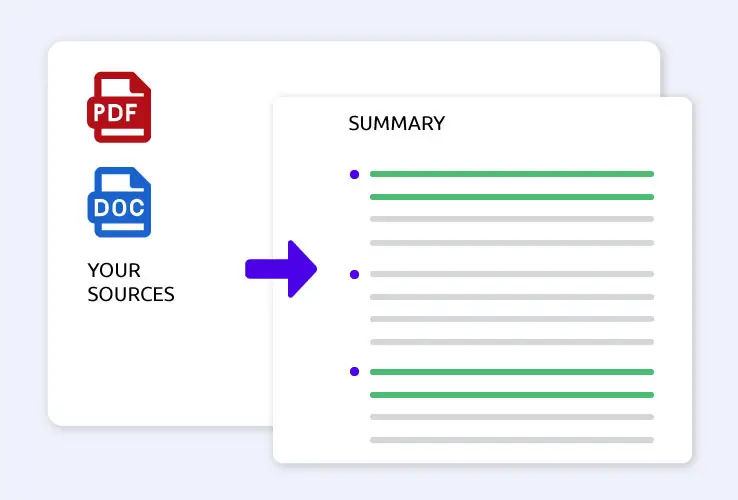
Insightful Digests
Breeze through academic assignments like literature reviews by extracting the essence of each source as presentation-ready bullet points or customizable paragraphs. Use these outlines to prepare quality reports that cover every important aspect.
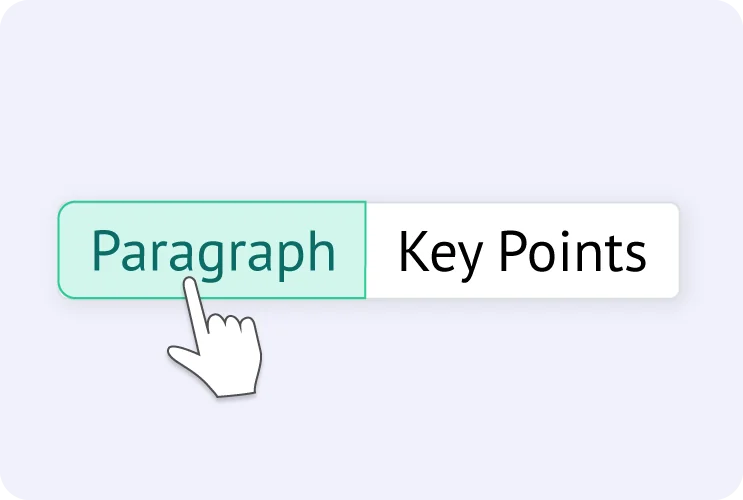
Faster, Simpler Reading
Have to tackle a mountain of monotone paperwork? AHelp Text Summarizer can break down complex information into digestible paragraphs that will help you get through documents quickly without breaking your brain or missing anything.
Benefits of AHelp Summary Generator

Adjust Summary Length
Select between bullet point and paragraph formats and pick one of the three length options depending on what your task demands.

Handle Large Documents
There’s a better way to push through full research papers than just skimming the abstract and the conclusion: we can recap text as long as 6,000 words!

Whole File Uploads
We support file uploads in the most popular formats including PDF, DOCX, RTF, ODT, and TXT. You can also copy-paste your text right into the tool.

Works With Multiple Languages
You can easily work with international sources to get the most up-to-date relevant research. Our Summary Generator can process text in 10 languages.
How Does Our AI Summarizer Work?
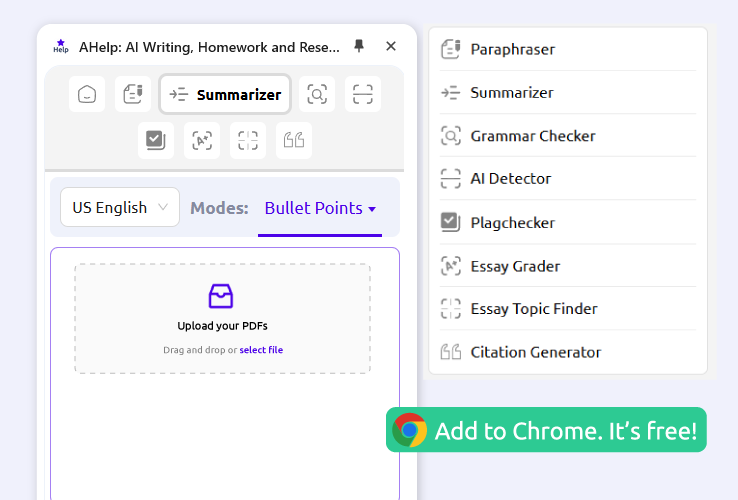
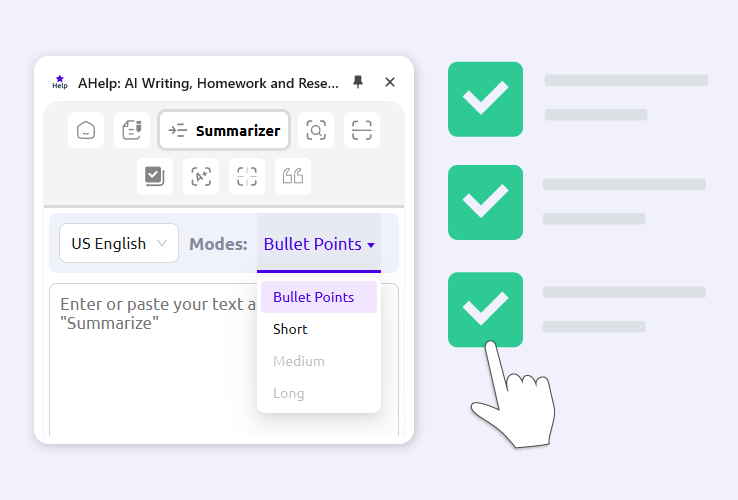
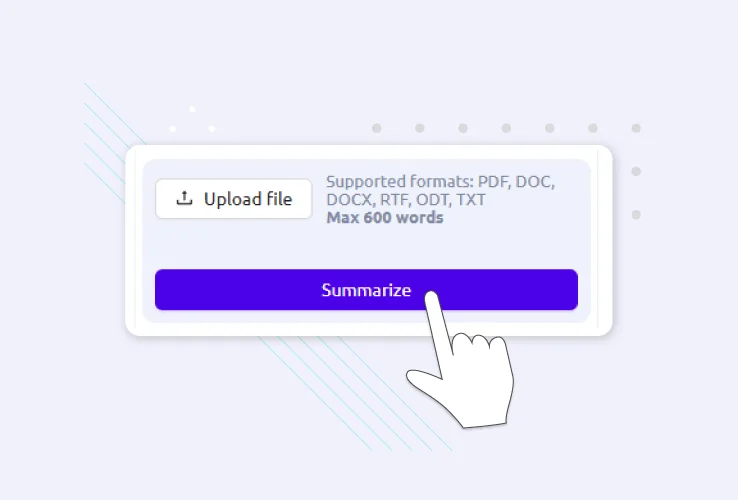

Who Will Benefit From Our Summarizer The Most?

Students
Retain lectures, prepare actually helpful study notes, and nail presentations.

Researches
Keep up with the field advancements without wasting time on low-quality sources.

Educators
Get outlines for lesson plans and prepare study guides to lighten your workload.

Professionals
Timely handle reports and correspondence to focus on other responsibilities.
|
|

|
|
|---|---|---|
| Document upload |
Docs up to 6000 words in most popular file formats |
Strict word limits when inputting text |
| Customization |
Choose summary language, format, and length |
Translation and customization are limited |
| Online experience |
Instant ad-free aid with browser extensions for Chrome and Edge |
Constant tab-jumping to return to the tool; abundant ads |
